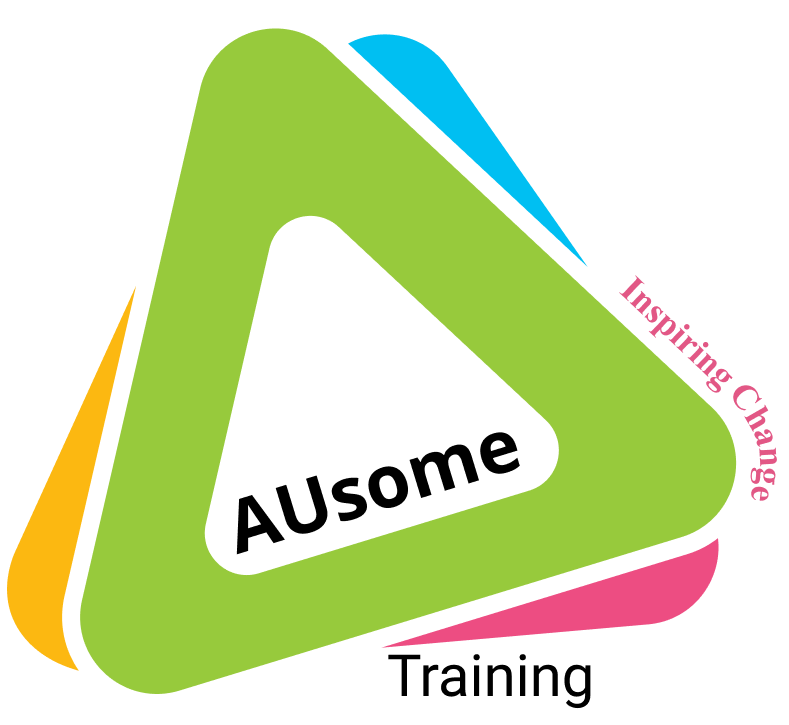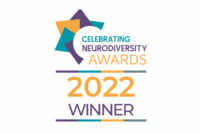Often the questions asked are not the right questions. In this case instead of asking “How do I stop a child picking their skin”, the question is better phrased as “why is the child picking their skin?” If we ask why then we get a better insight into the child’s emotional state. If we just focus on the behaviour and on changing that behaviour then we often miss out on genuinely helping the person.
As a teenager I used to pick my scalp when I was stressed. It started sometime in early secondary school. I still catch myself doing it on the mornings that I wake up stressed about something. I wasn’t doing it to concentrate. It was something my body did with little cognitive input really. It was a reaction to the stress I was feeling in my environment at school.
I wasn’t looking for sensory input or at least not in the sense that most people understand “sensory input” . I wasn’t doing it to communicate my stress to anyone.

However, someone could have found communication in my actions. They could have realised I was stressed but instead my GP told my mum I had eczema and prescribed an oil to help it heal. No one knew I was Autistic then and no one knew how much stress I was under from masking. But if someone had realised I was then I may have had a different experience. But they still would have had to ask the right questions. The GP answered the question “How do I stop my child from picking skin?” by giving me an oil but the situation remained unresolved.
I am often asked “how do we stop them from hurting themselves?” But really it would be more beneficial to ask “What is causing them to hurt themselves?” If we go with the first question then we are just looking to stop or change a behaviour. If we go with the second question it starts an exploration into what is going wrong in that person’s environment.
Skin picking is often a sign of anxiety
Repetitive actions and human physical reactions to stress and anxiety are well documented. But when someone is Autistic often people have the idea that they’re doing something Autistic instead of something human. They forget that we are human. People think that we’re doing something called Stimming. And we are but not in the way is has been defined by the medical model. Professionals defined stimming as self-regulatory or self stimulatory behaviour. They declared that Autistics do these movements to stimulate or calm ourselves and that has done Autistic people a huge disservice.
I’m pretty sure someone could have redirected me to squeezing a stress-ball or playing with theraputty instead of picking my scalp til it bled. I managed to redirect that stim myself just by consciously telling myself not to do it every time I felt the need to. But in redirecting it I just replaced it with something else. Nothing in my environment changed and I still felt as stressed.
If we only look at the actions and not look for the underlying reasons then we miss an opportunity to change the environment and to make it better and less stressful for the Autistic person. I didn’t need someone to teach me it was inappropriate. I didn’t need someone to tell me I was hurting myself and I didn’t need a social story. Nor did I need someone to give me something else to do with my hands or take me off to a sensory room with flashy lights. I needed someone to realise how much stress I was under and how my social environment was having a negative impact on my self esteem, on my emotional and mental health.
We are all products of our environment and Autistics are human so that means we are too. If we only focus on the behaviour then we miss what is going on in our environment.



